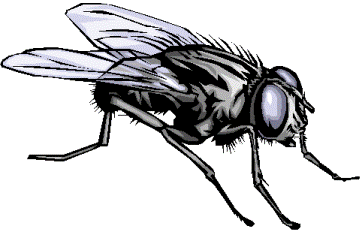PARASITES
Horses can be infected by a large number of parasites. The
most common ones however are nematodes. Another common one is
bots (a species of Gasterophilus). The bot flies buzz around
the horses and lay their small yellow eggs on the horses, usually on
the front legs. The larvae are then hatched and ingested when
the horse licks its legs. Soon the bot reaches the horses stomach where they
proceed to attach themselves to the lining. To help combat
this problem many others horse owners de-worm
their horses a few times each year. The most common way to do
this is to inject into the horses mouth a paste from a syringe that
enters the intestinal system of the horse and helps keep the
parasite populations under control. The wormers usually work
for multiple species. Click
here
to learn more about worming horses. Some of the other parasites affecting
horses are small strongyles, strongyloides, ascarids, pinworms, and
tapeworms.
on
the front legs. The larvae are then hatched and ingested when
the horse licks its legs. Soon the bot reaches the horses stomach where they
proceed to attach themselves to the lining. To help combat
this problem many others horse owners de-worm
their horses a few times each year. The most common way to do
this is to inject into the horses mouth a paste from a syringe that
enters the intestinal system of the horse and helps keep the
parasite populations under control. The wormers usually work
for multiple species. Click
here
to learn more about worming horses. Some of the other parasites affecting
horses are small strongyles, strongyloides, ascarids, pinworms, and
tapeworms.